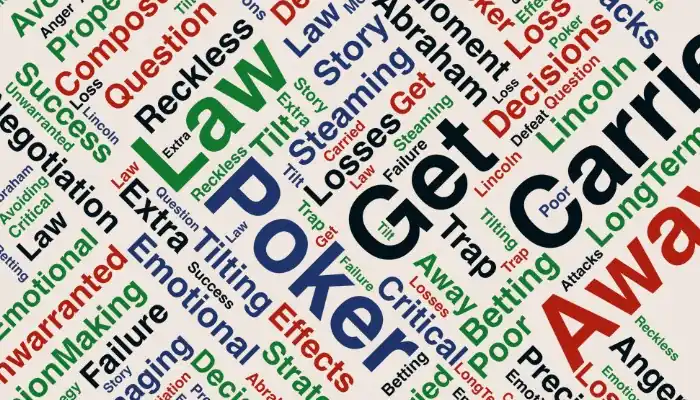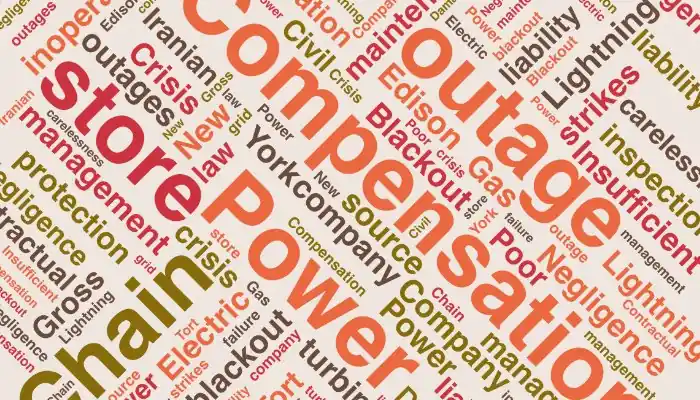Imagine you’re driving and approaching an intersection where the traffic light is green. You proceed through the intersection and then… boom! A collision! A car coming from the other side of the intersection hits you. The traffic light on their side was malfunctioning and showed nothing.
Who is responsible for the accident? Is it you, who trusted the green light and crossed the intersection? Is it the other driver, who went through a malfunctioning traffic light? Or is it the traffic authorities?
In this case, the owners of both vehicles blamed the traffic authorities and filed a lawsuit seeking compensation for the damages. However, the court did not hold the traffic authorities responsible. Why?
In the legal system of this case, as in most countries (including our own), compensation for damages generally requires proof of a causal link between the damage and the wrongful act of the person from whom compensation is sought. (Judgment No. 140068390013876455 dated 2021/11/15 – Branch 102 of the General Civil Court, Justice Complex, Tehran) In other words, the principle is: that to hold someone liable for damages in court, you must prove that the damage you suffered was due to their fault. The burden of proving this fault lies with the person seeking compensation.
We know that every rule has exceptions. In certain limited cases, the legislator has relieved the injured party from the burden of proof and, contrary to the principle mentioned earlier, presumes the liability of the party causing the harm. In these situations, the law assumes that the person responsible is at fault unless they can prove otherwise. Examples include the liability of an employer for accidents involving a worker, or Article 495 of the Islamic Penal Code: “If a doctor causes death or bodily harm during treatment, they are liable for the blood money unless their actions are in line with medical regulations and technical standards or…” Of course, obtaining consent or a release before medical interventions can change the situation, but discussing that is beyond the scope of this note. I’m also a bit tired, and you, esteemed readers, have surely grasped the point by now.
In summary, the court in this case believes that everyone must be careful to ensure their property does not harm others, and each person should accept the damages caused to others by their property. However, this alone is not enough to override the legal principle of fault-based liability. The court views that, to hold someone liable for damages, it is always necessary to prove fault and that the resulting harm was due to that fault. The exception we mentioned does not undermine the fundamental principle of fault-based liability; it merely shifts the burden of proof away from the claimant.
Ultimately, the court does not consider the accident to be caused by the fault of the traffic authorities and thus does not hold them liable for compensating the damage. In other words, the court does not identify the malfunctioning traffic light as the cause of the accident, even though ensuring the proper functioning of the light is indeed the responsibility of the traffic authorities.
What do you think?
Do you consider the traffic authorities responsible for the damages incurred?
If you were in an accident due to a malfunctioning traffic light, would you consider seeking compensation from the responsible authority?
Source: Thomas Kadner Graziano, Andrew Tettenborn, Christopher Booth, Mo – Comparative Tort Law_ Cases, Materials, and Exercises (2018, Routledge) – libgen.li




